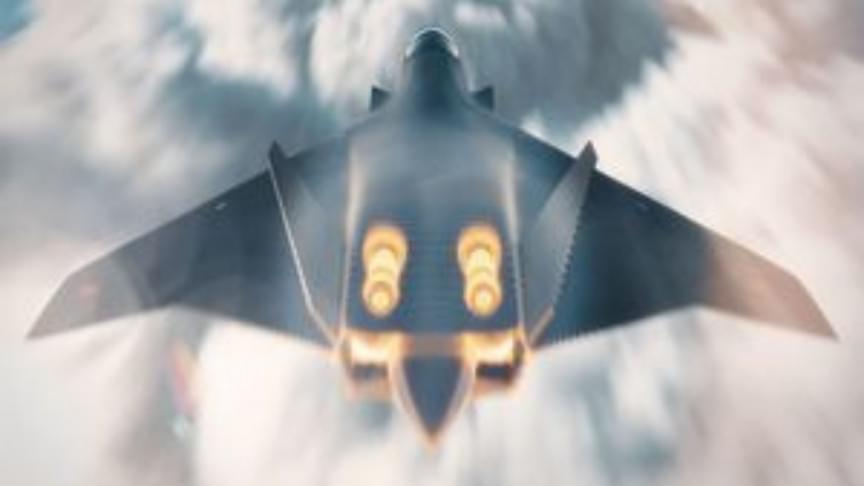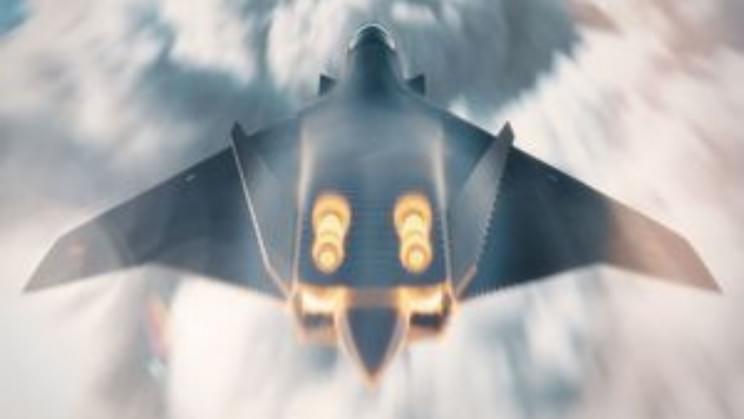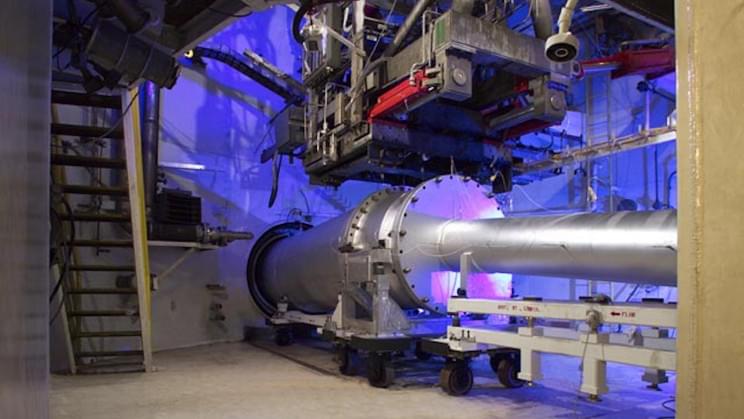Defense industries in both the countries will look to complement their technologies to build a powerful engine and other combative capabilities.


Autonomous weapon systems—commonly known as killer robots—may have killed human beings for the first time ever last year, according to a recent United Nations Security Council report on the Libyan civil war. History could well identify this as the starting point of the next major arms race, one that has the potential to be humanity’s final one.
The United Nations Convention on Certain Conventional Weapons debated the question of banning autonomous weapons at its once-every-five-years review meeting in Geneva Dec. 13–17, 2021, but didn’t reach consensus on a ban. Established in 1983, the convention has been updated regularly to restrict some of the world’s cruelest conventional weapons, including land mines, booby traps and incendiary weapons.
Autonomous weapon systems are robots with lethal weapons that can operate independently, selecting and attacking targets without a human weighing in on those decisions. Militaries around the world are investing heavily in autonomous weapons research and development. The U.S. alone budgeted US$18 billion for autonomous weapons between 2016 and 2020.

Over 300 million dollars earmarked for developing a demonstrator.
Governments of Japan and the United Kingdom have joined hands to collaborate and develop the jet engine of the sixth-generation fighter aircraft and have signed a memorandum of cooperation to this effect, said a press release from the U.K. government.
The two countries have been exploring opportunities for collaboration for some time and are vested in the development of future combat air systems, the press release said. Earlier this year, U.K.‘s newest aircraft carrier, HMS Queen Elizabeth set out on her maiden voyage which included a trip to Japan. The U.K. intends to deepen industrial relationships in the defense sector in the Indo-Pacific region where the two countries are looking to counter China’s growing influence.
Both, the U.K. and Japan currently have their sixth-generation fighter aircraft programs underway, Defense News reported. Japan’s proposed aircraft, designated F-X, will begin replacing the formidable F-2’s in the Japanese Air Force in the mid-2030s. Earlier this year, we reported that a consortium of companies had joined forces to deliver the U.K’s six-generation aircraft and associated systems.
Full Story:

Japan and U.S have agreed to Tokyo’s contribution for hosting U.S. military forces to 9.2 Billion dollars over the five-year period from fiscal 2022, which starts in April, government sources said.
Roughly 5% increase in so-called host nation support came in response to calls from the administration of U.S president Joe Biden for the Japanese government to foot more of the cost, given the need for U.S. forces to deal with China.
The two sides have agreed to reduce Tokyo’s financial contribution for utility costs, with the increased amount to be allocated to funding expenses such as maintenance of facilities used by both Japan’s self-Defence Forces and the U.S. military as well as their joint exercise.

Taiwan’s spycatchers are battling a sustained Chinese espionage campaign. Even the security detail of President Tsai Ing-wen has been compromised.
The operation detailed in these documents shows how Beijing allegedly sought out commanders in the Taiwan military and induced them to become spies. It comes amid a series of convictions for military espionage in Taiwan in recent years. Those cases reveal that China has mounted a broader campaign to undermine the democratic island’s military and civilian leadership, corrode its will to fight, extract details of high-tech weapons and gain insights into defense planning, according to senior retired Taiwanese military officers and current counter-espionage agents, as well as former U.S. military and intelligence officers with experience in Taiwan.
Taiwan’s spycatchers are battling a campaign that has compromised senior officers at the heart of the island’s armed forces and government agencies, a steady stream of convictions handed down in the courts shows.
Beijing has even penetrated the security detail assigned to protect Taiwan’s President Tsai Ing-wen. A retired presidential security officer and a serving military police lieutenant colonel at the unit tasked with protecting the president had their conviction upheld earlier this year for leaking sensitive information about Tsai’s security to a Chinese intelligence agency.

=O-O=.
Moscow — President Vladimir Putin used some of his most direct language to date on Tuesday in his escalating standoff with the U.S. and its European allies. The Russian leader warned that if the U.S. and NATO do not halt what Moscow considers aggressive actions along the country’s border with Ukraine 0, Russia would respond in a “retaliatory military” manner.
“If the obviously aggressive line of our Western colleagues continues, we will take adequate, retaliatory military-technical measures [and] react toughly to unfriendly steps,” Putin told senior military officials during a meeting in remarks carried by Russian state TV. “I want to emphasize that we have every right to do so.”



JF-22 will reach speeds of up to Mach 30.
A Chinese physicist revealed that a new wind tunnel in Beijing will “soon” be unveiled that will put China decades ahead of the rest of the world when it comes to testing hypersonic weapons technology, a South China Morning Post article reveals.
In an online lecture last week, Han Guilai, of the Chinese Academy of Sciences, revealed new information about the JF-22 wind tunnel in Beijing, which will be capable of simulating flights at Mach 30 — 30 times the speed of sound and approximately 6.2 miles (10 km) per second. The launch date for the JF-22 wind tunnel is currently classified.
Flying at Mach 30 is like ‘swimming in mud’ During the lecture, Guilai said that the enhanced capabilities of this new wind tunnel, added to the existing research capacity of China’s existing facilities, would put the country “about 20 to 30 years ahead” of the West. China’s next most powerful wind tunnel is JF-12, which runs at a fifth of the power output of JF-22.
Hypersonic wind tunnels in the U.S. include the Hypersonic Tunnel Facility (HTF) at NASA’s Neil A. Armstrong Test Facility in Sandusky, OH. That tunnel (pictured above), which was originally built to test nuclear thermal rocket nozzles, can test hypersonic flight up to Mach 7.
Full Story:
Who better to answer the pros and cons of artificial intelligence than an actual AI?
Students at Oxford’s Said Business School hosted an unusual debate about the ethics of facial recognition software, the problems of an AI arms race, and AI stock trading. The debate was unusual because it involved an AI participant, previously fed with a huge range of data such as the entire Wikipedia and plenty of news articles.
Over the last few months, Oxford University Alex Connock and Andrew Stephen have hosted sessions with their students on the ethics of technology with celebrated speakers – including William Gladstone, Denis Healey, and Tariq Ali. But now it was about time to allow an actual AI to contribute, sharing its own views on the issue of … itself.
The AI used was Megatron LLB Transformer, developed by a research team at the computer chip company Nvidia and based on work by Google. It was trained by consuming more content than a human could in a lifetime and was asked to defend and question the following motion: “This house believes that AI will never be ethical.”